Varieties and main characteristics of linoleum
Linoleum is perhaps the most democratic type of flooring. You can meet him, both in fashionable country houses, and in modest city apartments. It successfully harmonizes with the luxury of the Baroque interior, and with a laconic, restrained high-tech. They choose it both for residential premises, and for schools, offices and other public buildings. We are so used to this type of flooring and we can’t even imagine how many different offers there are on the market! Well, have you heard about homogeneous linoleum, or about alkyd? Not many will answer in the affirmative. Let's see what kind of linoleum exist?
Our linoleum is closely associated with a modern interior, but few people know that this floor covering is more than a hundred years old! In 1864, Frederick Walton received a patent for the invention of linoleum, which was named after the main raw material - linseed oil. Every year, production expanded, and now it has become a popular coating that amazes with a variety of colors and patterns. With it, you can simulate a plank floor, natural stone, carpet and even metal.
Thanks to new linoleum production technologies, a large assortment of these products has appeared on the market, which greatly complicates the choice. What happens linoleum: technical specifications, types and types - let's figure it out?
Content
Varieties depending on the binder
In the manufacture of any linoleum, a binder is used, depending on it, these types of linoleum are distinguished:
- Natural linoleum - high-quality flooring for domestic and commercial use. It is made from exclusively natural components. The composition of a mixture of linseed oil, resin, wood and limestone flour, gum, crushed cork, etc. natural pigments may be added. You can use this coverage anywhere: from kindergartens to medical facilities and apartments. Its structure allows it to withstand a load of 160 kg per 1 cm square. Disadvantages natural linoleum include a rather meager color palette and high cost.
- Polyvinyl chloride linoleum (PVC) - they are made of polymeric materials. It is made of artificial materials, but undergoes strict quality control and is tested for safety, which makes it possible to lay it even in the bedrooms without health risks. It can have several layers, or be single-layer, with or without a base. The base can be foamed, fabric and heat insulating. An advantage of this linoleum will be an affordable price, a variety of color solutions, but the minuses include sensitivity to chemicals and temperature extremes.
- Alkyd or glyptal linoleum has good heat and sound insulation characteristics. It is produced most often on a fabric basis. The disadvantages include fragility, a predisposition to the appearance of creases, deformations and a poor reaction to low temperatures (loses elasticity, warps).
- Relin (rubber linoleum) is durable, flexible and moisture resistant.They make it from synthetic rubber and bitumen. The lower layer is a mixture of bitumen and crushed recycled rubber, and the upper layer is made of colored rubber. Due to hygienic requirements, it is not used in residential premises, but it is excellent for industrial ones.
- Colloxylin linoleum (base - nitrocellulose). This linoleum - whose characteristics are moisture resistance and elasticity - has high decorative properties, a beautiful shine, but at the same time, it is fire hazard, prone to shrinkage, sensitive to temperature fluctuations.
Homogeneous and heterogeneous linoleum
Homogeneous linoleum is a fabric uniform in structure, with a thickness of 1.5 to 3 mm. It does not differ in the variety of patterns, most often plain or with a simple pattern. Due to the fact that it has a uniform color throughout the thickness, looks like a new one for a long time, the signs of abrasion on it are almost invisible. Due to its excellent performance and increased wear resistance, this coating is actively used in rooms with increased floor loads: in airports, public buildings, shops, hallways and halls. From time to time, this linoleum requires special care: it must be covered with mastic that fills the pores . This prevents intense contamination of the coating and allows it to maintain a presentable appearance for a long time. Some manufacturers immediately apply a special polyurethane film to linoleum.
Heterogeneous coatings have a complex, multilayer structure. Thickness can vary from 2 to 6 mm. Such a coating is more expensive to manufacture and requires more sophisticated technologies. The composition of individual layers can vary significantly, as well as the thickness of the protective layer, on which wear resistance and the preservation of the brightness of colors and patterns depend. In addition to the fact that this linoleum can please with a variety of colors, it is also practical, resistant to damage.
Types of linoleum depending on the application
Depending on the area in which PVC - linoleum is used, commercial, semi-commercial, household and special linoleum are distinguished.
In areas where the number of visitors is high (in shops, at train stations, restaurants, cinemas, etc.), commercial linoleum is used, the characteristics of which allow it to cope perfectly with loads. Commercial (or contractual) linoleum was developed with the aim of creating an inexpensive, attractive and durable floor covering that would not be inferior in terms of wear resistance to traditional materials. Its significant advantage is its price, ease of installation and ample opportunities for the original design of the floor.
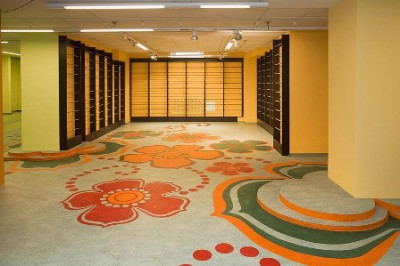
Domestic linoleum is used for flooring in residential premises, so the requirements for its operational properties are not so great. But close attention is paid to a variety of design solutions. These coatings have a not too large protective layer, but they have excellent heat and sound insulation properties.
Semi-commercial linoleum took a position between commercial and domestic. Semi-commercial linoleum characteristics are very positive and will be appropriate where the load on the flooring is not too high, but still significant.
Special linoleum is intended for rooms to which special requirements are presented. He is given certain specific properties: resistance to low temperatures, aggressive environment, etc. These coatings are used, for example, in hospitals, laboratories, gyms and other places.
How to choose the right cover?
So, you firmly decided that linoleum will flaunt on your floor. It remains to choose the right one. It is clear that at first attention will be drawn to color and design.But, before making a purchase, it is necessary to determine whether the linoleum that has attracted you meets your requirements:
- It will not be superfluous to look at a hygienic certificate, or search on the label for signs that indicate that the product has passed the examination, which confirmed its environmental friendliness.
- Determine which class of coverage you need. You can find out from the sales assistant or in a special catalog.
- Pay attention to the thickness of the back layer of linoleum, sound and heat insulation and resistance to deformation depend on it. The thicker the layer - the warmer the floor, you can determine the thickness by eye. The density is determined by pressing the linoleum with your fingers, the less the thickness under pressure changes, the density of the base is higher and more resistant to point loads.
- Find out how wide linoleum is, because it depends on whether you can do without seams. Typically, a linoleum roll is between 2 and 4 m wide (less often 5 m). Standard sizes are 2, 2.5, 3 and 4 m. When choosing linoleum width, focus on the size of the room. For example, for a room of 3x6 m, a three-meter linoleum is ideal. And for a corridor 1.5 meters wide, it will be necessary to cut even a narrow roll.
- For summer residents, the linoleum with the base of PVC duplicated by polyester will be an ideal choice. This is explained by the fact that PVC does not tolerate frosts and temperature extremes, and polyester smoothes this drawback.
- When choosing linoleum for the kitchen, it is worth paying attention to samples with an additional varnish coating, which greatly facilitates cleaning and prevents the penetration of dirt into the structure of linoleum.
- An antibacterial protective layer may be relevant for both the kitchen and the nursery. Upon contact with moisture, it releases silver ions, which are known to have antibacterial properties.
Typically, such advantages are not hidden by manufacturers, so you should carefully read the label. Having decided on these parameters, you can stop your attention on the color scheme and the linoleum pattern. They must be appropriate for the purpose of the room. For example, a living room in warm, natural shades is conducive to relaxation, quiet communication, and executed in intense cold tones - gives energy, creates a cheerful mood. A bright contrasting pattern will invigorate, and monotonous, unobtrusive - will calm. Cold and light shades visually increase the space, warm will make the room more comfortable.
Having learned a little more about linoleum: what happens, its characteristics and properties, I think you can easily choose the right one. After all, the use of linoleum provides a very wide freedom in the design of any interior. Manufacturers bring to the market all new up-to-date collections that make any room unique.

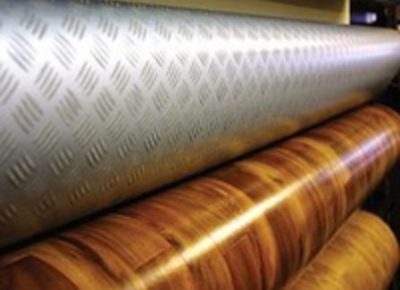
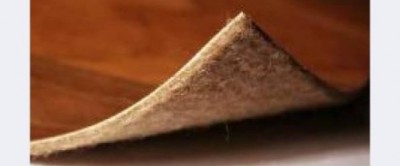
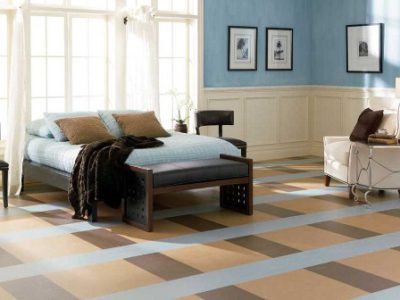

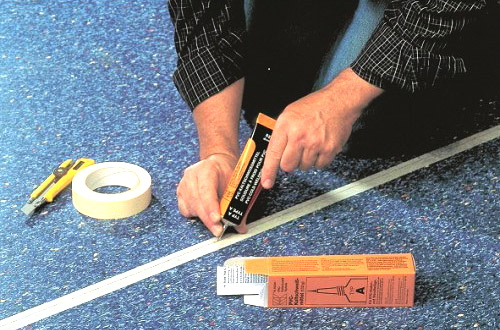

2 comments